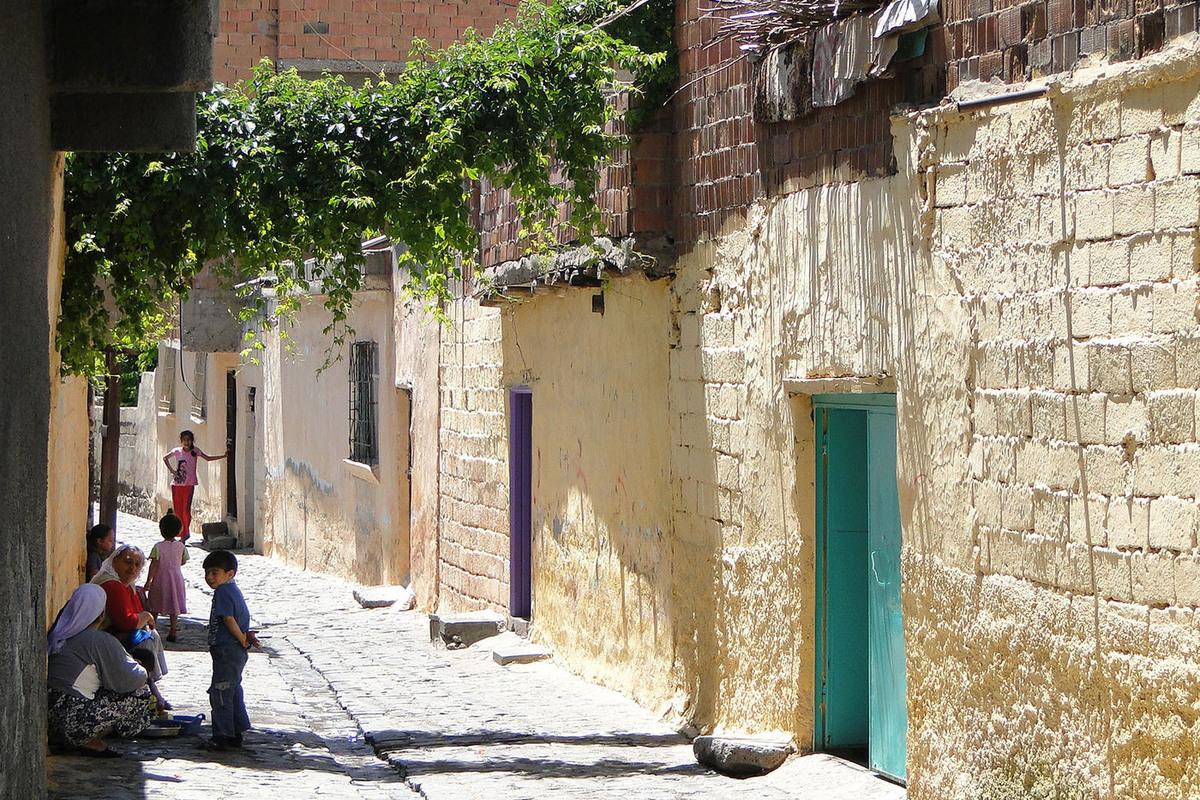Archaeologists have found the first Roman sarcophagus in an ancient Turkish city
[ad_1]

An unexpected discovery was made during work to maintain the walls from destruction
During excavations in the Turkish city of Diyarbakir, archaeologists discovered a sarcophagus from the Roman era. Adding to the intrigue was the fact that a perfectly preserved Maltese cross was carved on its side. This religious symbol is associated with medieval Christianity and the Crusades, although its history goes back much further. This cross is unusual in that it has six sides, whereas most varieties of the Maltese cross have either eight or four sides.
The stone coffin, more than two meters long and 82 centimeters high, was carved from a single piece of limestone and topped with two heavy lids. The style of construction is unique, and this is what helped researchers identify the coffin as the work of a Roman-era craftsman. It took a long time to dig up the large sarcophagus, which was buried at a depth of 4.5 meters.
The excavations that uncovered the coffin were linked to an ongoing restoration project in Diyarbakir, which aims to maintain the three-layer ancient walls surrounding the oldest part of the city, work designed to help drain water that was flooding a nearby ancient watchtower. These walls are approximately 5.5 kilometers long with 82 watchtowers, and their original sections may have been built as far back as 5,000 years ago. It is known that the Roman Emperor Constantius II expanded and restored the walls in 349, demonstrating how necessary they were in a city that functioned as an important center of power in the Roman province.
It is noteworthy that the grave in which the sarcophagus was located was not an isolated discovery. Archaeologists have previously found other burials in the area.
“Most likely, this is the territory of a church cemetery,” Cemil Koç, director of the Diyarbakır Geological Survey, told Anadolu Agency. “The human remains removed from the sarcophagus will be subjected to radiocarbon dating, which will help researchers determine exactly when he lived and died.”
Diyarbakir, located in southeastern Turkey, on the right bank of the Tigris River. Its history goes back several thousand years, and a settlement on this site existed back in the Stone Age. The city reached its greatest prosperity in the Roman era under Emperor Constantius II, who served as Roman ruler from 337 to 361, who sought to unite the Roman people under the auspices of Arian Christianity.
During the period following the reign of Constantius, Diyarbakir became a pawn in the ongoing conflict between the Romans and Persians. Control of the city essentially passed from one power to another over several decades until the city became a permanent possession of the Byzantine Empire in the fifth century. It remained Byzantine until the Muslim conquest in the seventh century. The black basalt city walls were renovated twice – in the Arab period and in the later Turkish period.
It is unknown whether the Maltese cross found on the recently excavated sarcophagus is in any way connected to efforts to Christianize the Roman Empire, as there is no inscription on the stone coffin that would explain why the symbol was added.
[ad_2]
Source link








